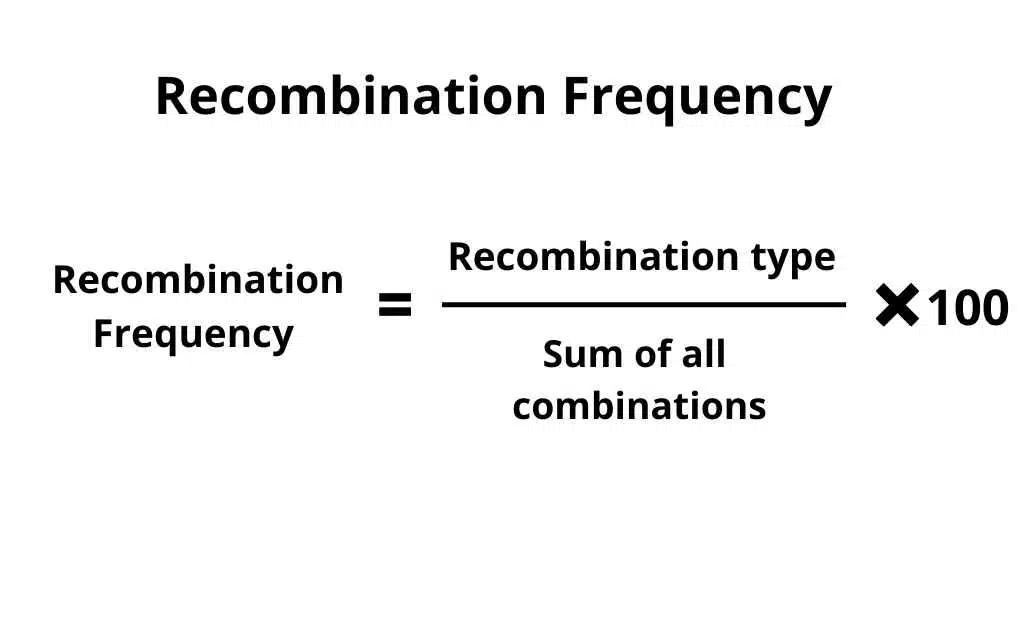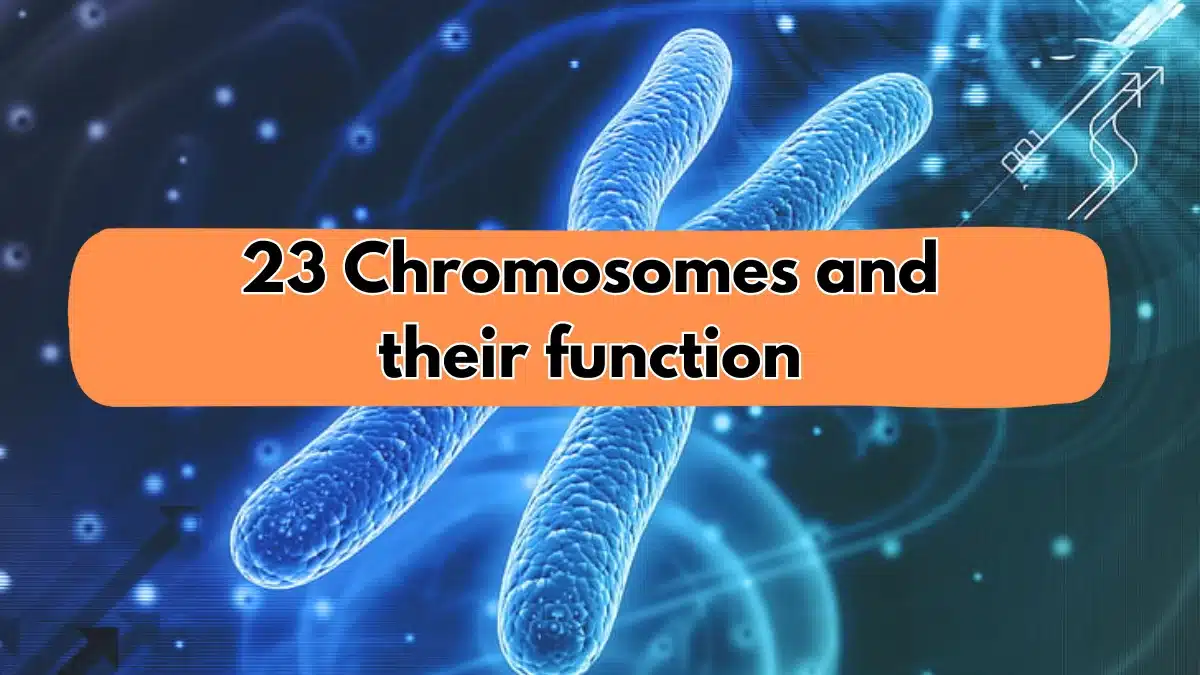What is Crossing Over?-Definition, Mechanism, and Recombination Frequency
In biology, crossing over refers to the transfer of genetic material from one parent to its offspring. This occurs during meiosis when two gametes (sex cells) fuse to form a new cell containing half of each parent’s DNA.
Crossing over happens in every generation of life, but it’s particularly important in humans because it allows us to pass down our genes to future generations.
The word ‘cross’ comes from the Latin word crux meaning ‘a crossroads’. This is because the act of fertilization occurs at the junction of two gametes (the male and female reproductive cells).
When egg and sperm cells are developing, they go through a process called crossing over. This is when the chromosomes from each parent line up and exchange DNA. This means that the two chromosomes contain the same genes, but they may have different forms of the genes.
Segment swapping between non-sister chromatids of homologous chromosomes during meiosis is called crossing over.
This can result in the separation of linked genes. Those that have closer gene loci are more likely to see this happen than those with gene loci that are farther apart.

Mechanism of Crossing Over
- Suppose, there is a single pair of homologous chromosomes The homologous chromosomes pair up lengthwise. This is a point-to-point and locus-to-locus pairing. One homolog carries genes A and B. Another homolog has a and b.
- Chiasmata are formed in many places between non-sister chromatids during crossing over. Crossing over occurs at the 4-strand stage between non-sister chromatids, and it can take place in more than one place. The exchange of segments of chromosomes means the exchange of DNA, i.e. genes or alleles. There are different alleles on the non-sister chromatids, so an exchange of segments causes the recombination of genes. Allele b crosses over to the homolog containing allele A, and similarly, allele B comes on the homolog of allele a.
- Then chiasmata open up during meiosis I, and the homologous chromosomes are separated. The sister chromatids also separate from each other during meiosis II. Each chromatid becomes an independent chromosome.
- Each chromatid (chromosomes) moves singly in every four haploid gametes. As a result, four types of gametes are formed:
(a) Two gametes have parental combinations of linked genes, i.e. AB and ab,
(b) Two with recombination of genes, ie. Ab and aB. - Only two parental types of gametes are formed without crossing over. Parental types
gametes produce parental types recombinant offspring of offspring. But recombinant gametes produce.
Recombination Frequency








Leave a Reply